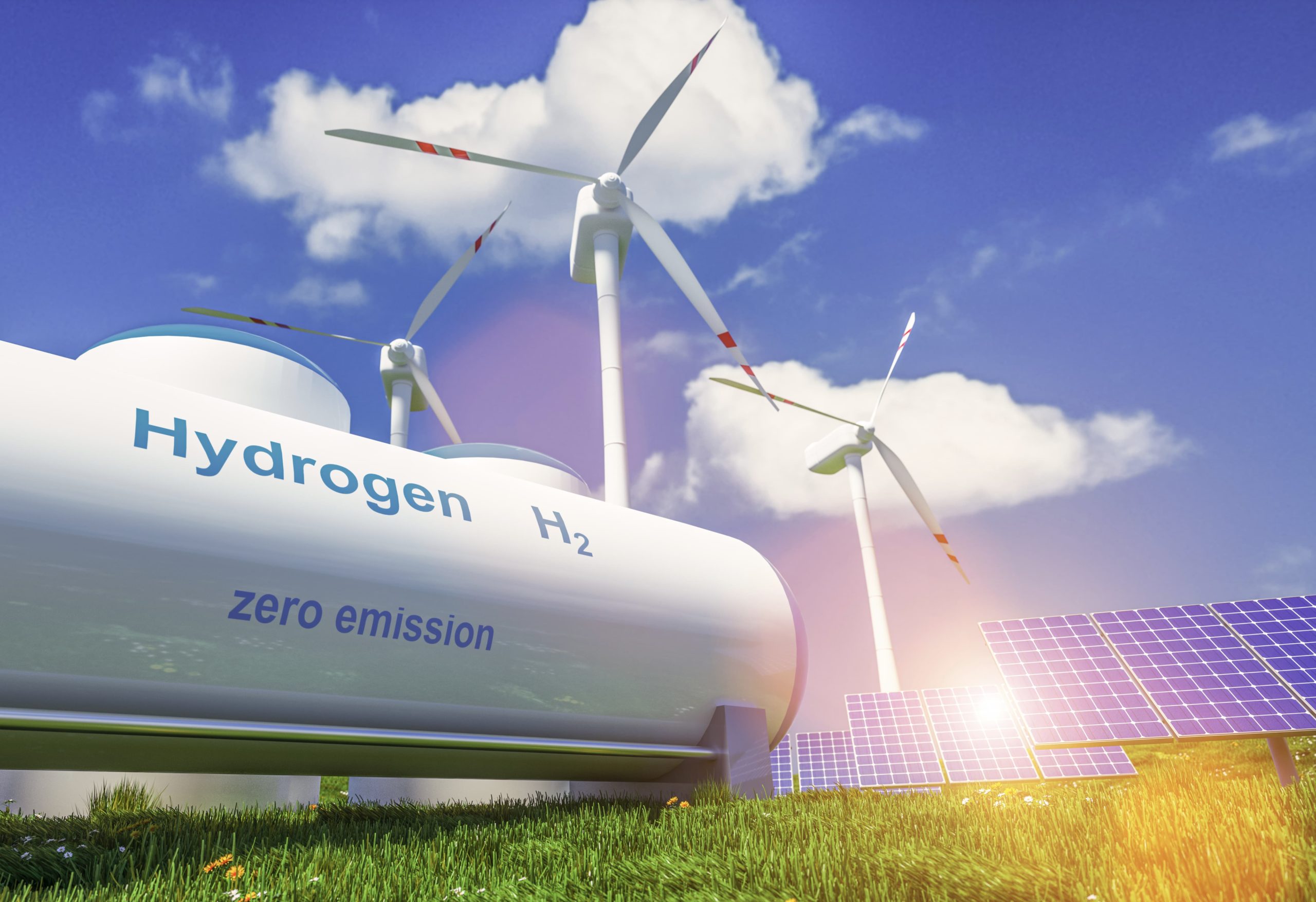BP’s H2Kwinana project is a pioneering initiative that marks a noteworthy development in the harnessing of renewable energy for Australia and beyond. The energy giant, BP, is steering towards a greener horizon with this project, which is a pivotal step in transforming the former Kwinana oil refinery site in Western Australia into a cutting-edge green fuels hub.
BP’s H2Kwinana project envisions deploying a 100 MW electrolyzer. This is crucial for producing renewable hydrogen. Subsequently, the project received a significant boost. AUD 70 million injection came from the Australian government. This was under its Regional Hydrogen Hubs program. Consequently, this financial backing propels the project. It’s now entering the front-end engineering and design phase. Therefore, this marks a significant stride in its realization.
At the heart of BP’s H2Kwinana project is the setting up of a 100 MW electrolyzer, poised for potential expansion to a colossal 1.5 GW in subsequent phases. Additional features encompass hydrogen storage, compression, and truck-loading facilities, along with enhancements to BP’s existing on-site hydrogen pipeline system.
BP’s H2Kwinana project, upon completion, will produce over 14,000 tons of green hydrogen annually to meet the demands of heavy transport and industrial needs. H2Kwinana’s on-site activities are already underway, with full-fledged construction slated to commence in 2026, eyeing delivery by mid-2027.
This project aligns with BP’s strategy to transform the Kwinana site. After the oil refinery’s closure in 2021, it served as an import terminal. Currently, the aim is to evolve it into an energy hub. Consequently, this hub will produce green hydrogen and other renewable fuels. These fuels include renewable diesel and aviation fuel. Ultimately, all of this falls under the umbrella of BP’s H2Kwinana project.
Lucy Nation, BP’s vice president of hydrogen in Australia and the Asia Pacific, highlighted an ingenious approach. Specifically, this approach involves leveraging existing infrastructure. Furthermore, the hydrogen production process uses water and renewable power. She stated, ‘The upcoming biorefinery is set to be decarbonized by this process. In this location, we will derive hydrogen from natural gas and biogas.
Also Read: Sun Cable Tasmania: A Renewable Energy Revolution
Advancing Renewable Energy: BP’s H2Kwinana Project in Australia
“Nation stated that they are repurposing existing process units, tanks, pipelines, and utilities. This is for Kwinana Renewable Fuels and BP’s H2Kwinana project.” She added, “These projects will enable us to supply products.” These products help us and our customers meet emission targets. Furthermore, they contribute to Australia’s decarbonization targets.
This green energy initiative is a facet of BP’s expanding portfolio in Western Australia. Earlier this year, the company secured land. This was for a proposed 10 GW wind and solar generation project. It’s earmarked to power an export-scale green hydrogen and ammonia production facility. Additionally, BP acquired a stake in the ambitious 26 GW Asian Renewable Energy Hub (AREH) project. This project is planned for Western Australia’s Pilbara region.
BP Australia President Frédéric Baudry underlined the company’s unwavering commitment to Australia, emphasizing substantial investment plans, particularly in the Kwinana area. “H2K at Kwinana is BP’s strategy in action, leading from the front in decarbonization in the region and providing energy security through diversity.”
BP’s H2Kwinana project has garnered significant support from both state and federal governments, with Australian Energy Minister Chris Bowen announcing a AUD 70 million investment as part of the Regional Hydrogen Hubs program. Bowen stressed the potential of Australia’s hydrogen industry to generate $50 billion in additional gross domestic product by 2050, fostering job creation in regional Australia.
“He remarked, ‘Investing in an Australian hydrogen industry is akin to investing in Australia’s future.’ For decades, Kwinana has been an industrial and economic powerhouse. Consequently, it’s an ideal location for a hydrogen hub. This hub can support the decarbonization of heavy industry. Moreover, it can connect our renewable resources to the world.”
This underscores the Australian government’s commitment to investing over AUD 500 million in regional hydrogen hubs, strategically placed in Gladstone, Townsville, the Hunter, Bell Bay, Pilbara, and Port Bonython. As BP’s H2Kwinana project gains momentum, it not only propels the nation towards renewable energy prominence but also signifies a robust step towards a more sustainable future.

Leave a Reply